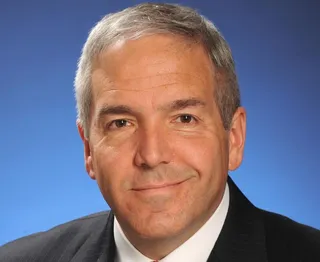
DUAEs offer a captive performance guarantee
In March AM Best sent out a request for comment on its proposed methodology for assessing delegated underwriting authority enterprises (DUAEs). AM Best uses the DUAE acronym to encompass a variety of programme entities, such as managing general agents, managing general underwriters, cover holders, programme administrators, programme underwriters, and other appointed representatives.
I have not read the proposed methodology yet, but I do have a suggestion on how to pick the best of the best. It is a methodology that has served me well for more than 25 years evaluating programmes: select a DUAE that takes risk in a captive.
“Unlike commission or profit-sharing, captive profitability or loss has a long tail.”
The purpose of AM Best’s performance assessment is to address a DUAE’s ability to perform outsourced responsibility on behalf of a re/insurer. Most assessment tools consider both a qualitative and quantitative assessment of the outsourced service such as underwriting, policy processing, and claims handling.
Reviews typically include an organisation’s internal controls, governance, talent, and financial condition, including dependence on a single carrier or programme for revenue.
I believe the American Association of Managing General Agents (AAMGA) was the first to offer a best practice for programme agents. AAMGA merged with the National Association of Professional Surplus Lines Offices in 2017 to form the Wholesale & Specialty Insurance Association. Target Markets, another programme trade group, also created a best practices designation.
All certifications and designations have merit, but the best assessment tool is to “eat your own cooking” or, in other words, to “put your money where your mouth is”.
Programmes assuming captive insurance risk perform better over time. One actuary I worked with at a large reinsurer believed captives improved a programme’s underwriting results by as much as 7 percent. Given most programme carriers target a 90 percent combined ratio on their programme portfolios (10 percent underwriting margin), that is a potentially significant additional profit.
How it works
There are several ways DUAEs can get involved in risk-taking. One client of mine sponsored a risk retention group (RRG) for a group of homogeneous clients. This DUAE handles client selection, underwriting, and claims for the RRG.
The membership and the captive domicile’s regulators are comfortable ceding this much control to a single DUAE. Why? Because this DUAE takes quota share reinsurance risk behind the RRG.
An alignment of interest is one of the keys to successfully outsourced underwriting. Conventional wisdom says alignment is binary: either interest is aligned, or it is not.
We can look at alignment along a continuum. There are different degrees of alignment ranging from perfect alignment, 50:50 quota share between captive and carrier, to conflicts of interest, where the DUAE is compensated solely on premium growth. Paying DUAEs strictly on commission may not be optimal.
Captive insurance risk-taking is also an indicator of the long-term commitment required to successfully manage a programme. Unlike commission or profit-sharing, captive profitability or loss has a long tail. One underwriting year can impact the profit/loss of another, including future years.
I had a dual purpose for using an RRG in my risk-taking example. 2021 marks the 30th anniversary of the Product Liability Risk Retention Act of 1981—the first RRGs were formed 30 years ago. This act’s initial success was expanded into the Liability Risk Retention Act of 1986.
RRGs distinguish themselves from traditional insurance carriers through tailored risk management and a unique knowledge of a specialised industry. These are the same characteristics you will find in DUAEs taking on captive insurance risk. I look forward to celebrating the next 30 years.
Greg Lang is the founder of Reinsurance and Insurance Network. He can be contacted at: glang@rainllc.com

